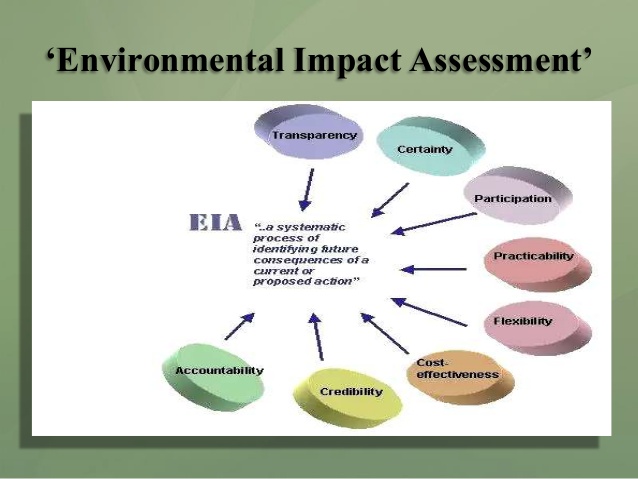Environmental Impact Assessment (EIA)
In our fast-growing world, development is essential — roads, factories, housing, and industries all help improve lives and economies. But there’s a serious question we must ask: at what cost to our environment? This is where the Environmental Impact Assessment (EIA) comes in — a tool that ensures progress does not come at the expense of nature.
What is Environmental Impact Assessment (EIA)?
Environmental Impact Assessment is a formal process used to evaluate the likely environmental consequences of a proposed project before it begins. It looks at how a project might affect air, water, land, animals, plants, and even people. The goal is simple: to prevent harm before it happens.
Why is EIA Important?
Think of EIA as a kind of environmental “check-up” before any major project. Without it, a factory might pollute a river, a new road could destroy a forest, or a power plant might increase air pollution in a nearby village.
1. Here’s what EIA helps us do:
2. Protect natural resources
3. Prevent environmental disasters
4. Promote sustainable development
5. Involve communities in decision-making
6. Hold developers accountable
7. In short, EIA gives nature a voice in development conversations.
How Does the EIA Process Work?
· Screening: Determines if a project needs a full EIA.
· Scoping: Identifies what environmental issues should be studied.
· Impact Analysis: Examines potential impacts — good and bad.
· Mitigation: Suggests ways to reduce or avoid negative impacts.
· Reporting: A detailed report is prepared, often called an Environmental Impact Statement (EIS).
· Public Participation: Local communities and experts give feedback.
· Decision Making: Authorities decide whether the project should go ahead.
· Monitoring: If approved, the project is monitored to ensure compliance.
As climate change accelerates and biodiversity declines, we need to be more responsible than ever. Environmental Impact Assessment is not a roadblock to development — it is a bridge to better, cleaner, and fairer development.
Whether you’re a student, business owner, policymaker, or just a concerned citizen, now is the time to learn about and support EIA processes. Let’s build a future where development and nature walk hand in hand.
Published on: Sunday, 11 October 2015, 06:49 am ▪ Last update: Sunday, 13 July 2025, 05:14 pm ▪ Total View of this Page: 1396



